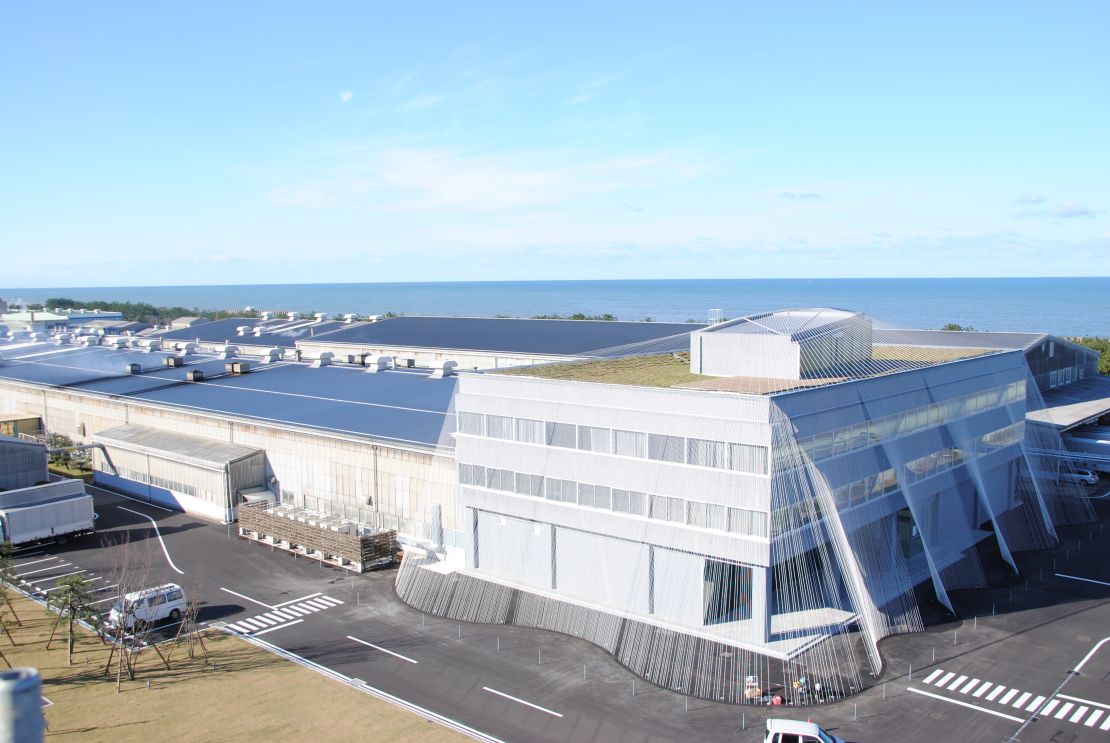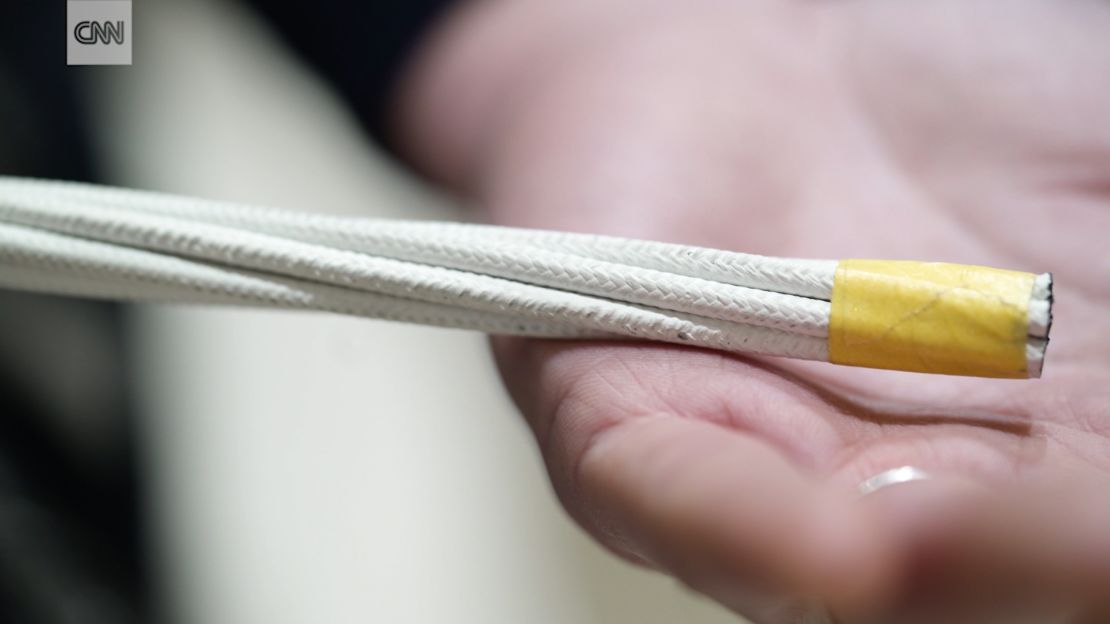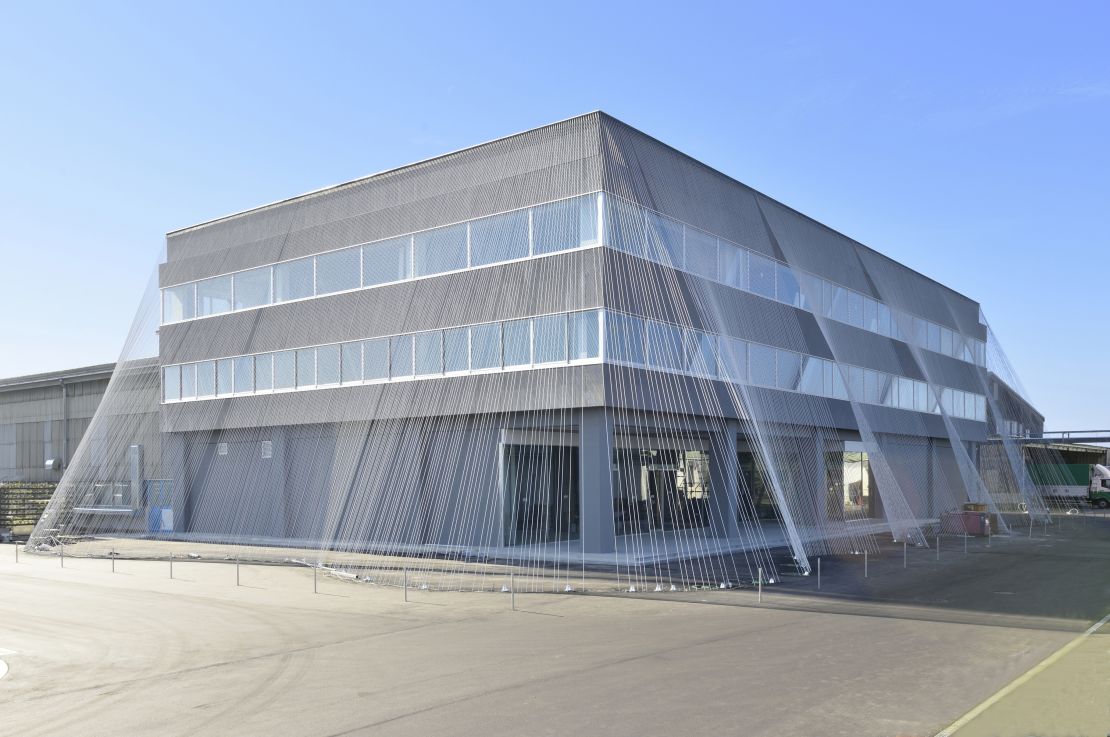Editor’s Note: This feature is part of Vision Japan, a series about the visionaries who are changing Japan, and the places that inspire this innovation. See more here.
Located on the most active earthquake belt in the world, the island nation of Japan is constantly shaking, or bracing itself for the next big quake.
Six years ago a 9.0 magnitude earthquake rocked the country, killing over 20,000, and shifting the main island of Japan by 8 feet. Material damage from the earthquake and ensuing tsunami cost Japan an estimated $300 billion.

With the devastating aftermath of the 2011 quake still lingering in the memory of the country, Japanese architects are continually trialing new ways to weather the inevitable. The latest quake proof innovation involves a curtain of braided carbon fiber rods anchoring a building to the ground almost like a tent with thousands of guy ropes. This design is currently being tested on a concrete office block in Nomi in Japan’s Ishikawa prefecture.
The rods extend from a frame on the building’s roof and are fastened to the ground at a specific angle. Inside the same rods reinforce the stairwells and windows.
How a curtain can stop an earthquake
The curtain of thermoplastic carbon fiber composite adds a soft, rippling aesthetic to the building. While the rods are flexible, they are also incredibly strong – strong enough to restrain the force of an earthquake.
When the ground begins to tremble causing the building to shift left or right, the rods stretch and pull it in the opposite direction, preventing it from shaking.

“We don’t want to fight the earthquake, we want to live with earthquakes, and the design is the best way to find a solution to live with earthquakes,” Japanese architect Kengo Kuma tells CNN.
This earthquake-proof office is home to Komatsu Seiren, the textile company responsible for developing the rods. The company collaborated with Kengo Kuma’s architecture firm to test out the new material.
The same type of rods will also be attached to the wooden timbers of an ancient storage house next to one of Japan’s oldest houses of worship – the Zenkoji Temple – in Nangano.
Are Kengo Kuma's buildings futuristic or natural?
Moving with the quake
Buildings in Japan are currently retrofitted and reinforced with iron and steel, which, according to Kuma, detracts from their elegance.

“I think this is the only one which combines the … softness and hardness together,” says Kuma. “It’s the first one in the world.”
For Kuma, earthquakes illustrate just how weak humans are in the face of nature.
“Nature is always much stronger than us. We should respect that kind of strongness and we should move with that kind of movement, and that is the basic idea as a solution,” he says.





















